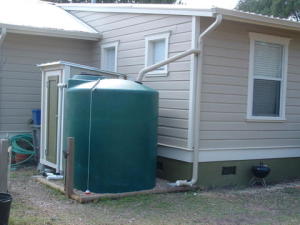How to Create a Rainwater Harvesting and Collection System in Miami Roofing
Rainwater is free. Every time it rains you are looking at free water that you could use for a variety of purposes including gardening and cleaning your porch.
Creating a rainwater harvesting and collection system in Miami roofing is easy and cheap. Here’s how you do it:
Collection Area
Your Miami roofing acts as your collection area since that is the place where rain falls without getting absorbed by the ground. Knowing exactly how much rainwater your roof collects requires a complex calculation and is unnecessary for our purpose. Just keep in mind that the average roof of 25 foot by 40 foot collects around 600 gallons of water for an hour of one-inch rainfall.
Transportation System
The transportation system consists of the gutters and downspouts on the edges of the roof. The type of material the gutters and downspouts are made of is not material; what matters is the size. Both parts have to be large enough to hold and transport the water from the roof. In most houses today, gutters come in either 5 or 6 inch-wide size with attached downspouts having a diameter of 3 to 4 inches. The larger the roof, the bigger the gutters and downspouts should be.
Do not forget to install covers at the top of downspouts to keep falling leaves and debris out, which could block the flow of water down to the receptacles below. Put fine mesh screen on the barrels to keep away mosquitos and other insects.
Storage Facility
This is the last part of our harvesting and collection system. Barrels work great in storing the water collected from the roof. You can find specially-designed barrels at local stores or online or you can customize an ordinary barrel yourself.
Place and connect the barrels to the downspouts nearest to the place of your garden where you will be using the water most often. Clear away rocks and dirt from the area that is large enough to accommodate the barrels. Dig a 4 to 5-inch deep rectangle and fill it with around one-half to one-fourth inch of pea gravel. This creates a drainage around the area to keep water away from the foundation of the house.
Place concrete blocks on top of the pea gravel to create a raised platform on which to place the barrels. The higher the barrels are placed, the stronger the water pressure will be. Connect the barrels using hoses attached to each other at the sides. The more barrels you install, the more water you can store.
